Agamemnon: I Think We’re Missing Something.
Agamemnon: I think we’re missing something.
Menelaus: Teamwork?
Achilles: Cohesion?
Odysseus: A general sense of what we’re doing?
More Posts from Zoexqsblog and Others

Some Iliad boys in the woods! My thought behind this is that all of them went out on a trip and realized that Antilochus was not trained for this, because unlike Achilles and Patroclus, he was just a prince and was not set loose on a mountain with a centaur grandpa for several years.
(left to right: Automedon, Patroclus, Achilles, Antilochus)

— Franz Kafka, Letters to Milena






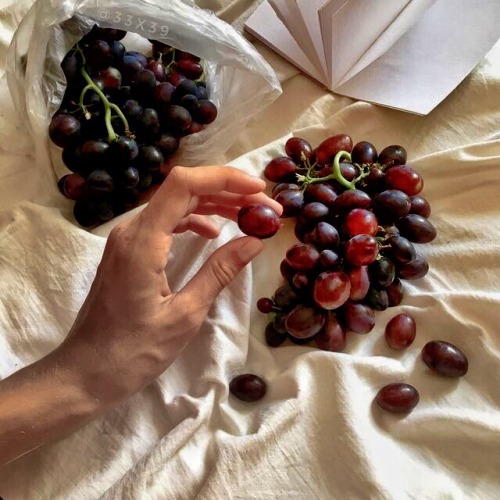

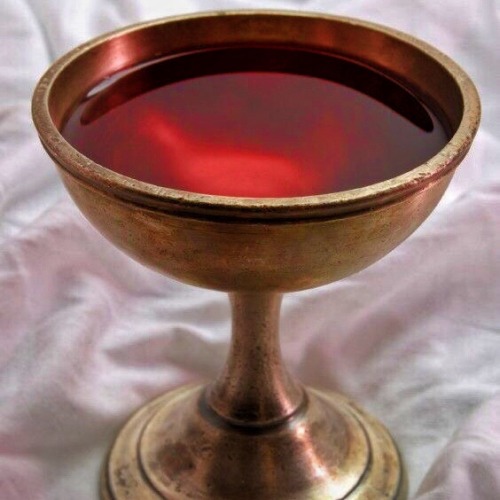
Greek mythology from A to Z:
[D] - Dionysus (Διόνυσος) was the god of fertility and wine, later considered a patron of the arts. He had a dual nature; on one hand, he brought joy and divine ecstasy; or he would bring brutal and blinding rage, thus reflecting the dual nature of wine.
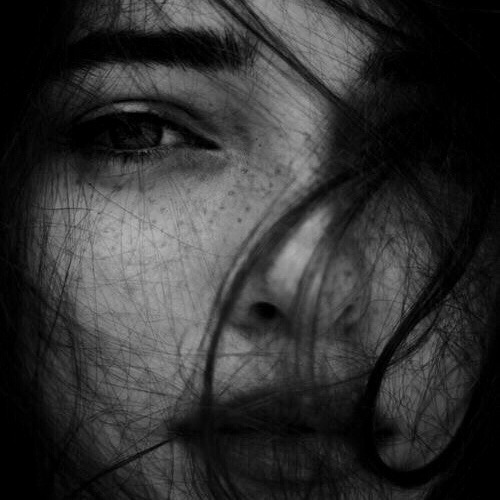
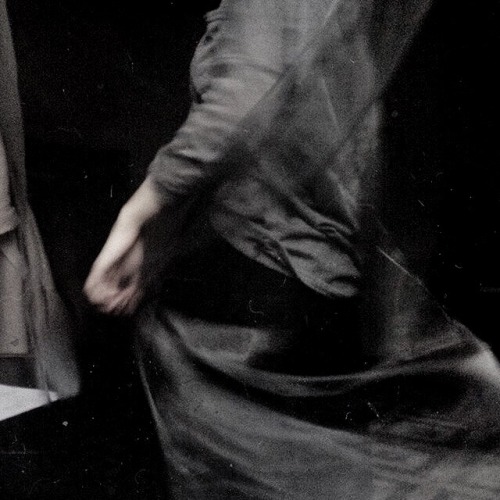
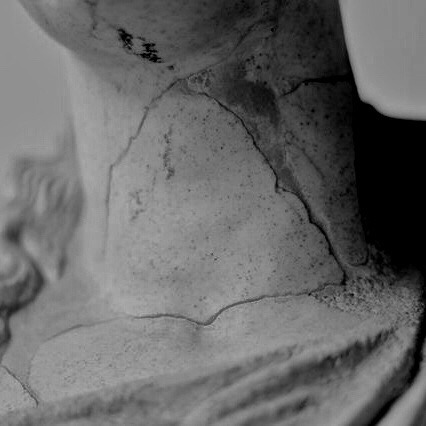
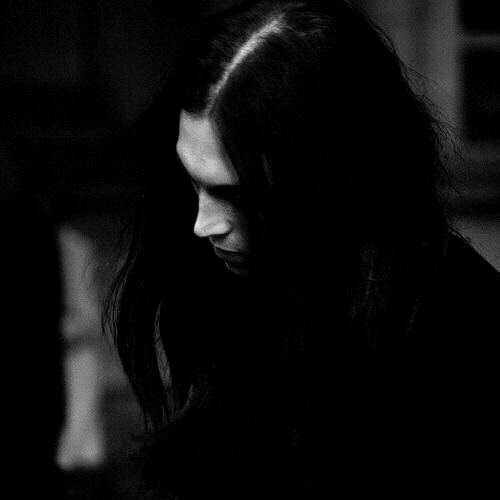
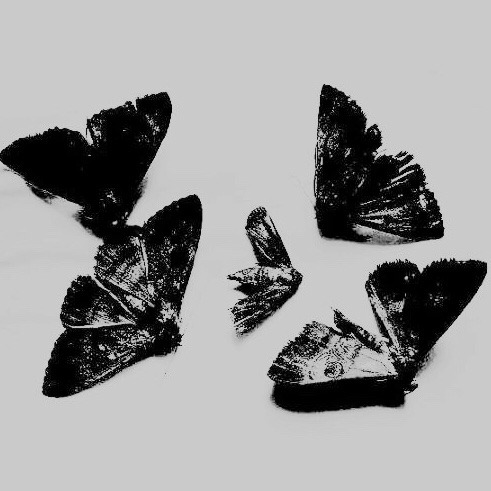

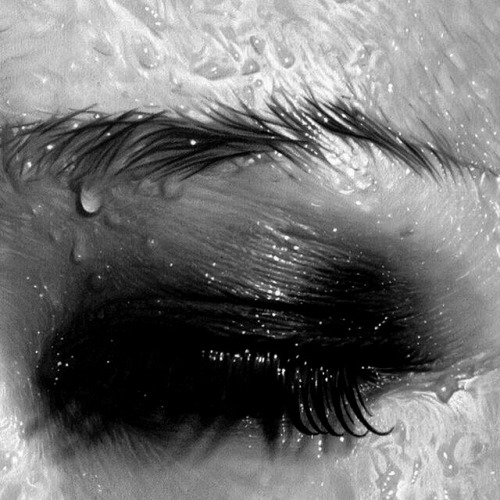


Greek mythology from A to Z:
[O] - Oizys (Ὀϊζύς) is the goddess of misery, suffering, depression and anxiety.

Cupid and Psyche, Paolo Andrea Triscornia, late 18th century, marble, Hermitage Museum, Saint Petersburg.
art honoring Hermes
here's the third set in the series i'm doing on art honoring the gods as i finish my art history degree; Apollon and Artemis can be found under these links. here are my favorite pieces honoring Hermes :>
Disclaimer: Most artists throughout the neoclassical period (in particular, but not limited to) used Hermes/Mercury interchangeably for a myriad of cultural and religious reasons. I do understand that Hermes and Mercury are syncretized deities with very different aspects in Greek and Roman society respectively.








In order: 1) Souls on the Banks of the Acheron by Adolph Hiremy-Hirschl, 1898, Belvedere Palace, Vienna. 2) Detail from Palazzo Clerici Ceiling Fresco by Giovanni Battista Tiepolo, 1740, Milan. 3) Hermes (Engraving) by William Blake Richmond, 1866, University of Toronto Library. 4) Mercury Attaching his Wings by Jean-Baptiste Pigalle, c. 1744, on display in the Louvre, Paris. 5) Hermes by Jules Alexis Coulan, 1914, Grand Central Station. 6) Elevation of the Great Elector to Olympus by Charles-Amedee-Philippe van Loo, 1751, City Palace, Potsdam, Germany. 7) Detail from Mercury Exhorting Aeneas to Leave Carthage by Giovanni Battista Tiepolo, 1757, Palazzina di Caccia, Stupinigi. 8) Mercury and Psyche by Reinhold, 1857, Staatliche Museum, Berlin.

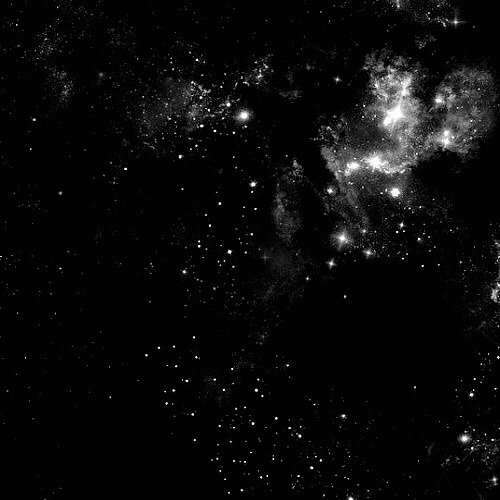

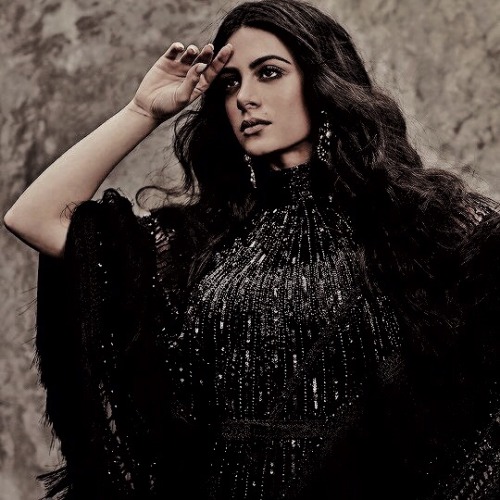


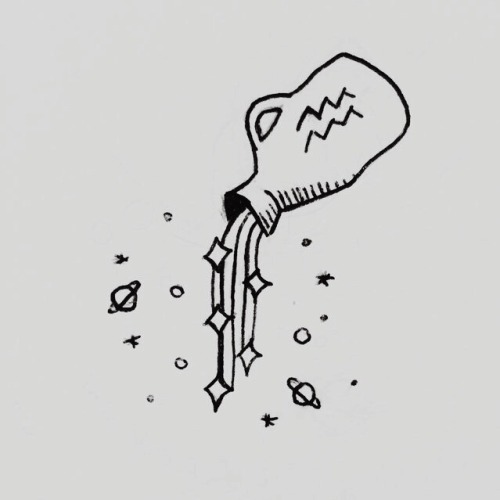

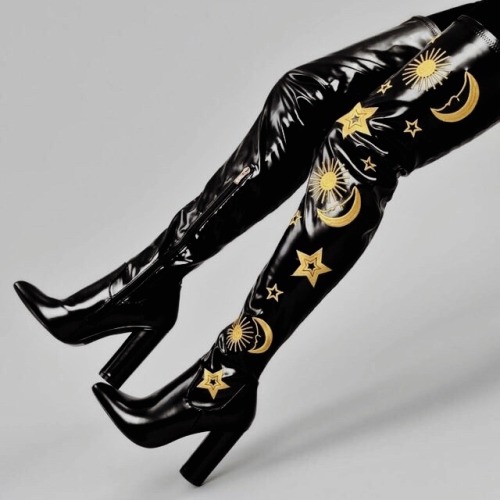
Greek mythology from A to Z:
[N] - Nyx (Νύξ) was the personification of the night, and the daughter of Chaos.


tail, habits, proof
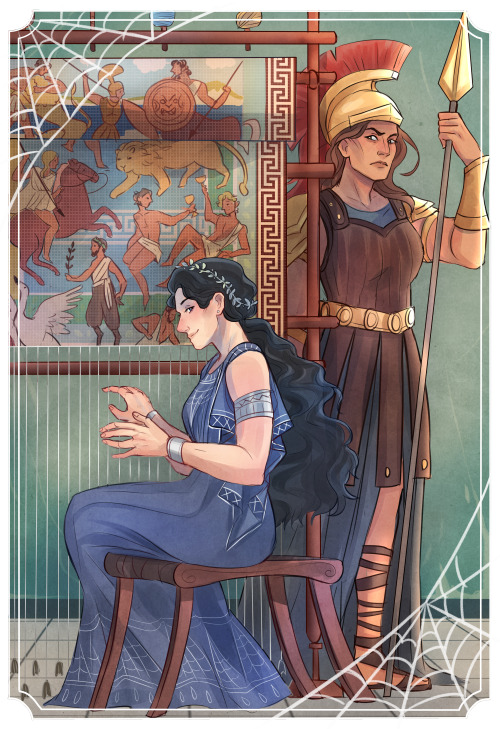
“No one can weave as well as I—not even the Goddess Athena!” Arachne boasted, unaware of who else might be listening in.
Revisiting one of the most memorable greek myths from my childhood, the weaving contest of Arachne and Athena.






All the star signs in my comic, Realta Part 2!
Part one
-
 automatuck9 liked this · 2 months ago
automatuck9 liked this · 2 months ago -
 tttw888 liked this · 2 months ago
tttw888 liked this · 2 months ago -
 gr3ek-gh0st liked this · 2 months ago
gr3ek-gh0st liked this · 2 months ago -
 tenedor23 liked this · 4 months ago
tenedor23 liked this · 4 months ago -
 a-singular-skittle liked this · 4 months ago
a-singular-skittle liked this · 4 months ago -
 katerinaaqu liked this · 4 months ago
katerinaaqu liked this · 4 months ago -
 sssona liked this · 4 months ago
sssona liked this · 4 months ago -
 keentheoristblizzard liked this · 5 months ago
keentheoristblizzard liked this · 5 months ago -
 imperatrice21 liked this · 5 months ago
imperatrice21 liked this · 5 months ago -
 misskhomyukplace reblogged this · 6 months ago
misskhomyukplace reblogged this · 6 months ago -
 tanilealto liked this · 7 months ago
tanilealto liked this · 7 months ago -
 spicy-honey222 liked this · 7 months ago
spicy-honey222 liked this · 7 months ago -
 styoungmungo liked this · 7 months ago
styoungmungo liked this · 7 months ago -
 aczz13 liked this · 7 months ago
aczz13 liked this · 7 months ago -
 bigtittydevourer liked this · 8 months ago
bigtittydevourer liked this · 8 months ago -
 sammie54 liked this · 8 months ago
sammie54 liked this · 8 months ago -
 duskbreeze liked this · 8 months ago
duskbreeze liked this · 8 months ago -
 greeknerdsblog liked this · 9 months ago
greeknerdsblog liked this · 9 months ago -
 arrowaroace liked this · 9 months ago
arrowaroace liked this · 9 months ago -
 propheticpotato42 liked this · 10 months ago
propheticpotato42 liked this · 10 months ago -
 greatmindsfartalike liked this · 10 months ago
greatmindsfartalike liked this · 10 months ago -
 alcibiades-superiority liked this · 11 months ago
alcibiades-superiority liked this · 11 months ago -
 yuminumi29 liked this · 11 months ago
yuminumi29 liked this · 11 months ago -
 icy-spicy liked this · 11 months ago
icy-spicy liked this · 11 months ago -
 military-newsboys liked this · 11 months ago
military-newsboys liked this · 11 months ago -
 seventy5th liked this · 1 year ago
seventy5th liked this · 1 year ago -
 n1cky5 liked this · 1 year ago
n1cky5 liked this · 1 year ago -
 rainbows-dreams liked this · 1 year ago
rainbows-dreams liked this · 1 year ago -
 twigzysstuff liked this · 1 year ago
twigzysstuff liked this · 1 year ago -
 sammie54362 liked this · 1 year ago
sammie54362 liked this · 1 year ago -
 trota1 liked this · 1 year ago
trota1 liked this · 1 year ago -
 hozieroftroy liked this · 1 year ago
hozieroftroy liked this · 1 year ago -
 prettyasapic reblogged this · 1 year ago
prettyasapic reblogged this · 1 year ago -
 boxedbread2 liked this · 1 year ago
boxedbread2 liked this · 1 year ago -
 kinda-wanna-kiss-your-gf liked this · 1 year ago
kinda-wanna-kiss-your-gf liked this · 1 year ago -
 hayleykioko liked this · 1 year ago
hayleykioko liked this · 1 year ago -
 firstknightvulion liked this · 1 year ago
firstknightvulion liked this · 1 year ago -
 maidenofthecloud liked this · 1 year ago
maidenofthecloud liked this · 1 year ago -
 maryshelleyreincarnated liked this · 1 year ago
maryshelleyreincarnated liked this · 1 year ago -
 galicianbooklover liked this · 1 year ago
galicianbooklover liked this · 1 year ago -
 mx-heinous reblogged this · 1 year ago
mx-heinous reblogged this · 1 year ago -
 mx-heinous liked this · 1 year ago
mx-heinous liked this · 1 year ago -
 eveamethyst liked this · 1 year ago
eveamethyst liked this · 1 year ago -
 dacenturion liked this · 1 year ago
dacenturion liked this · 1 year ago -
 madwolfbeast liked this · 1 year ago
madwolfbeast liked this · 1 year ago -
 strxverrytart liked this · 1 year ago
strxverrytart liked this · 1 year ago -
 sweatergoose liked this · 1 year ago
sweatergoose liked this · 1 year ago -
 littlebitofadisaster liked this · 1 year ago
littlebitofadisaster liked this · 1 year ago -
 hersoulmoneyhuman liked this · 1 year ago
hersoulmoneyhuman liked this · 1 year ago
